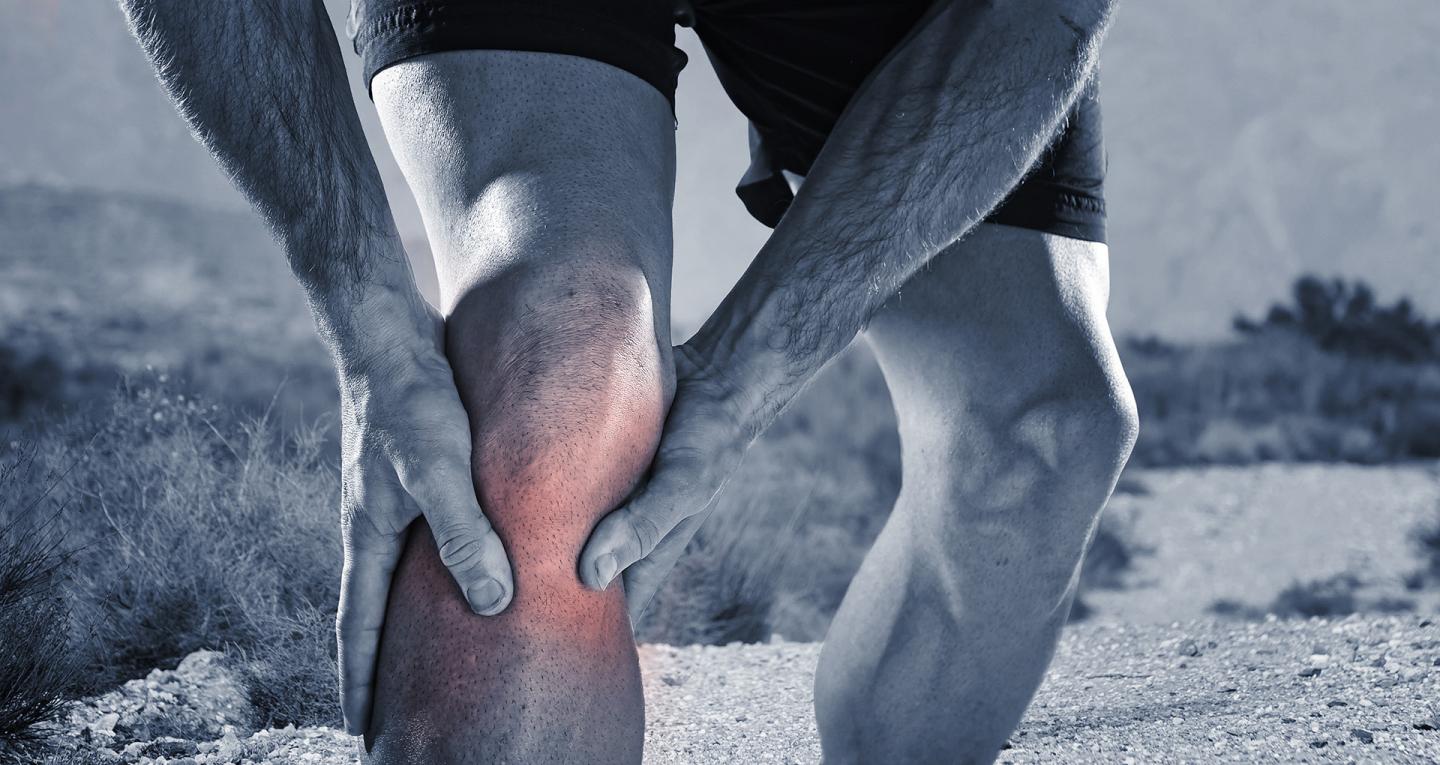
Don't be a crocodile: The importance of correct breathing.
Did you know that crocodiles breathe in but they hardly breathe out? For a croc this is not an issue, but for humans, breath holding is not such a good idea- so time to snap out of it.
" If you don't own breathing, you don't own movement"- Karel Lewit
I first heard these words whilst on a spinal manipulation course in 2010. I hope after reading on, the importance of these wise words will become much clearer to you.
This blog will provide an overview of the most common forms of biomechanical breathing dysfunctions, the signs to look for and some of the reasons why it is important to improve breathing function for musculoskeletal complaints. (Remember- the biochemical and psychophysiological aspects of breathing should always be considered- but that is a topic for another time).
Lets get started......
What is 'normal' functional breathing?
Normal breathing (at rest) should occur both from the abdomen and from the chest, we should be able to feel a nice even expansion up and out during inspiration (breathing in) and the opposite on expiration (breathing out).

Why is optimal breathing so important?
- Builds intra-abdominal pressure
- Improves spinal stabilisation
- Assists with postural dysfunction by improving the alignment of the trunk and spine which in turn helps alignment of the limbs
- Decreases accessory muscle activity- this will help to lessen global rigidity and stiffness, especially in muscles attaching to the shoulders, hips, neck and trunk
- Assists in pain reduction by improving oxygenation of the body
- Activates the parasympathetic nervous system and down regulates the sympathetic nervous system- it has been proven that it is easier to learn new movements when the sympathetic nervous system is quietened
- Allows better control over our breathing
- Better movement and motor control
- Improves awareness of our own bodies
Common forms of biomechanical breathing dysfunction
Thoracic/ upper rib cage- Movement is initiated in the chest with vertical rib cage movement. There is often very little activation or movement in the abdomen.
Breath Holding- Regular holding of breath in anticipation of anxiety or with excessive irregularity.
Mouth Breathing- Constant or regular breathing through the mouth- commonly associated with airway weakness (mouth breathers often suffer with snoring issues).
Common signs of biomechanical breathing dysfunction
(More information on each of these points can be found at the bottom of the article)
Overuse of accessory breathing muscles
Stiffness in the thorax
Rib flare
Increased respiratory rate
Why should we address breathing first?
It is hugely important to address respiratory patterns prior to advancing to other movement based strategies (granted if the breathing dysfunction is not severe then this can be done in adjunct to movement correctives).
The reason for this is simple- in the absence of ideal respiratory patterns, the motor control system is forced to choose between respiration and stabilisation; survival ensures that the former is always selected.
If the intrinsic core/ breathing muscles are not doing their job efficiently the entire body can become destabilised; in an attempt to maintain stabilisation the global trunk muscles, shoulder and hip muscles increase their contribution to stabilisation.
Lets look at that from a clinical perspective....
Example 1- In a patient with shoulder pain, if their serratus anterior is working hard to stabilise the core or assist with breathing, then how is it able to work as a stabiliser or functional muscle for shoulder movement? Shoulder pain not responding to treatment? Maybe it's time to get your breathing assessed.
Example 2- Tight hip adductors- what if those poor adductors are working overtime to stabilise the core (tonic movement) instead of doing what they are designed for (phasic movement)? If you are having recurrent groin pulls this could be applicable.
What should I do now?
Firstly, I invite you to simply explore breathing in your own body- where does your breathing initiate from? Is it from your chest or from your abdomen? What is moving the most? Are your ribs moving up and out more than your abdomen? Or is there a nice even expansion in the chest and the abdomen? What else can you see? What else can you feel? Can you see your neck muscles working when you breathe in? Is one side moving more than the other? Does it feel different when you breathe laying on your front to laying on your back?
Take some time to tune into yourself and your breaths.
For something that you do thousands of times per day, doesn't it make sense to make sure you are doing it correctly?
If you would like some help with your breathing, would like a breathing assessment or any of the symptoms mentioned above or below sound familiar then we at Neutrient are always here to help. Give us a call, contact us on the form below or email jonathan@neutrient.com.au
All our assessments include an SFMA top tier movement assessment so that we can be absolutely sure where we need to go with your treatment, what is causing your problems AND make sure the treatment has changed your movement... for the better.
If you have found this information useful please share it so others may benefit from it :)
Remember.... Your body deserves the right Neutrients......
Continued: Common signs of biomechanical breathing dysfunction
Overuse of accessory breathing muscles- Muscles commonly overused in breathing are scalenes, sternocleidomastoid (SCM), serratus anterior, pectoralis minor, upper trapezius, abdominals.
- Head Forward Posture: Primarily the scalenes and the SCM become short and tight as they overactive in an attemt to elevate the thorax. This increased tension in turn pulls the head into extension which may increase compression of the upper cervical joints and could contribute to headaches and TMJ (Jaw) issues.
- Anterior Tilting of the Scapula: Over activity of pectoralis minor pulls the scapula over the thorax resulting in a winged, anterior tilted scapula position.
Stiffness in the Thorax: Due to a loss of stabilisation function of the diaphragm and other intrinsic core musculature, the thorax becomes stiff due to the increased use of accessory muscles- eg quadratus lumborum and erector spinae muscle groups (for a muscle to be included in intrinsic core it must attach to the thoracolumbar fascia).
Rib Flare: A posterior tilting of the rib cage along with a wider positioning of the ribs. This position will make it more difficult for the patient to get posterior and lateral expansion of the ribs during inhalation (if it is already tilted back and in a widened position at rest then it is much harder to access that position further- don't believe me- sit up straight in a chair, lean backwards and then try to take a big breath in- it's pretty tricky). This position over time can make someone more prone to hernias or abdominal muscle strain.
Increased Respiratory Rate: Shallower and more rapid breaths are common. The result of this is an increased respiratory and heart rate as the body attempts to improve the oxygenation of the body. Common symptoms of this are anxiety, increased blood pressure and dizziness as well as increased recruitment of the accessory muscles. People with this may often sigh regularly to help get the air out of their lungs.

